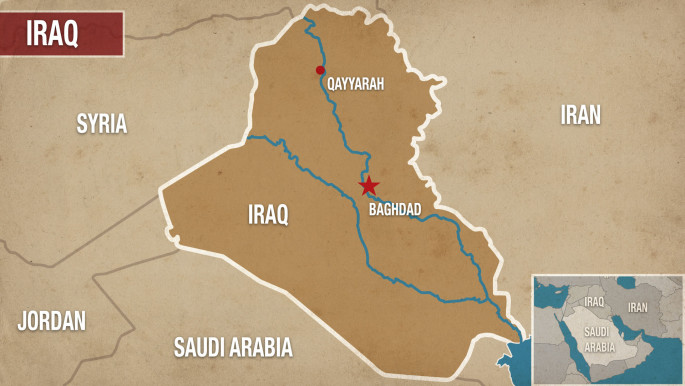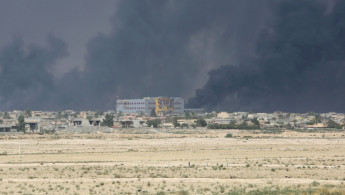US says 'no mustard gas found' in IS attack
Test results released on Tuesday "determined there were no chemical warfare agents" in the rocket fired at Qayyarah-West Airfield on 20 September, according to the US military command in Baghdad.
No one was injured in the IS attack and no one showed any immediate signs of exposure to the suspected mustard agent.
But a field test of residue from fragments recovered from an impact site had indicated the possible presence of mustard gas.
That prompted further tests by two separate laboratories, which confirmed that "no chemical warfare agent were present in the munitions", the statement said.
The Pentagon has expressed concern that Islamic State group militants could use mustard gas to defend their stronghold at Mosul, Iraq's second-largest city, against an Iraqi offensive.
 |
|
| [Click to enlarge] |
Pentagon spokesman Jeff Davis told reporters on Monday that IS militants have already used a rudimentary form of mustard gas at least a couple of dozen times.
Hundreds of US troops are based at Qayyarah-West, which is shaping up as a major logistics hub for the Mosul offensive.
A US official said on Wednesday that Washington was prepared to send more troops to Iraq to train and advise pro-Baghdad troops as planning intensifies for the Mosul offensive predicted to begin in October.
Mustard gas was first used by the German army in 1917. It causes large blisters on exposed skin and attacks the eyes and lungs.
Its use was banned in 1925 under the Geneva Protocol, and later by the Chemical Weapons Convention in 1993.





 Follow the Middle East's top stories in English at The New Arab on Google News
Follow the Middle East's top stories in English at The New Arab on Google News
![Israeli forces ordered bombed Gaza's Jabalia, ordering residents to leave [Getty]](/sites/default/files/styles/image_330x185/public/2176418030.jpeg?h=a5f2f23a&itok=_YGZaP1z)

